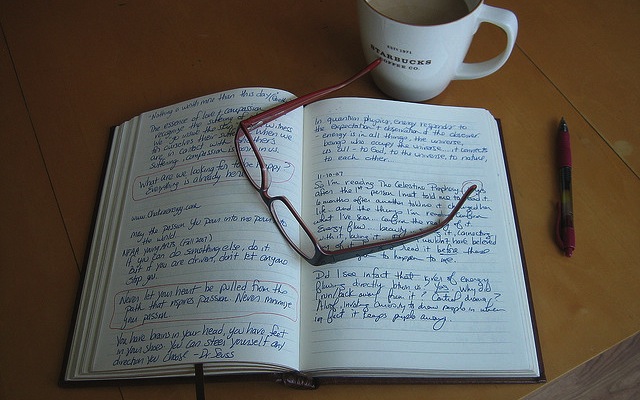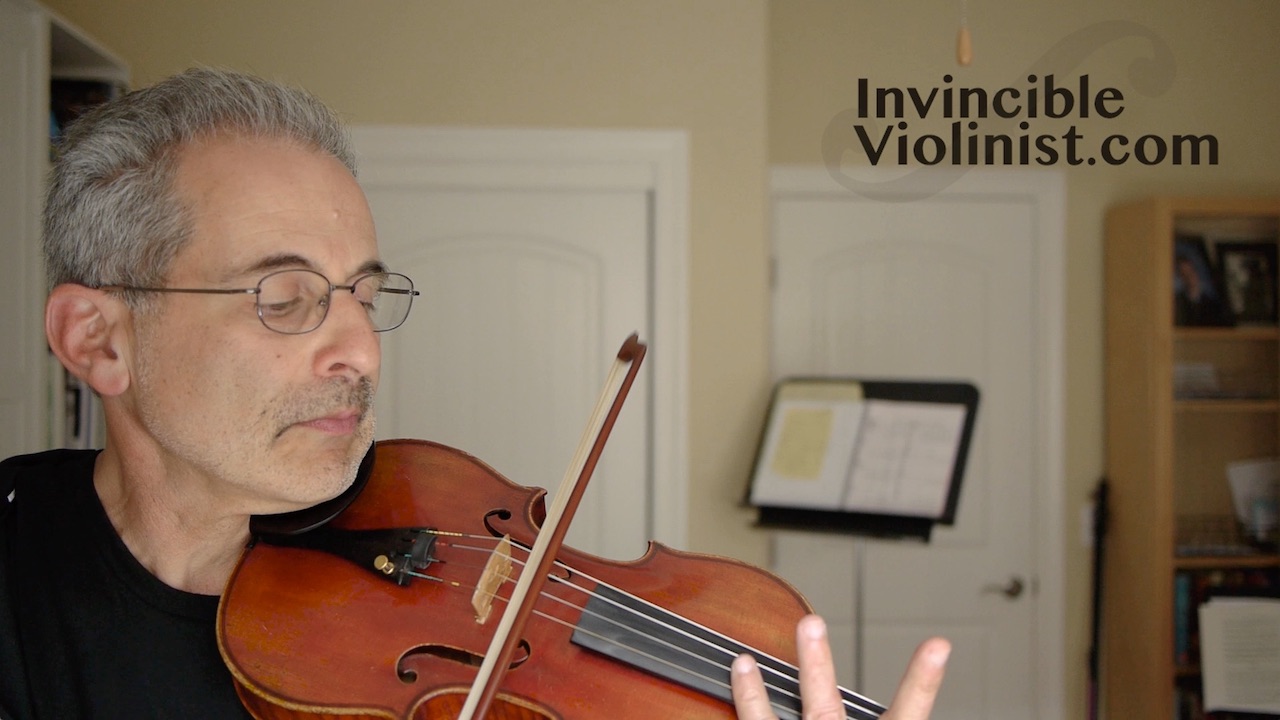Wow, that sucked! Was the really me? What was I thinking, that I could really play a Brahms Sonata? Gees, remind me never to record myself again, it just makes me want to playing nothing harder than Mary Had a Little Lamb.
That was yesterday. But remember last week…
OMG, that Bach Partita was incredible. Best tone and interpretation ever; feeling like I’m on top of the violin world. Up there with the greats, or at least getting close!
What a difference a day makes. Or really was there any difference at all? More likely the inner workings of a deluded mind. Maybe I’m not really all that stellar, but then again, there’s a lot I can do day in and day out without sweating it. Fairly impressive, at least to a select circle of appreciative fans. LOL.
At this point it’s pretty obvious that following the rants and raves of my monkey mind isn’t really helping, (no offense to monkeys).
Maybe, today I keep things simple. It won’t be easy, but at least it’s simple. Just pick up the instrument and practice. Just for a few minutes or so. Then stop before I get too caught up in my own greatness or sucky-ness. Then pick it up again and start over.
Maybe I can remember a bit about my tone last time at the end of that section? Or did the pitch need a bit of work in measure 73? Maybe Mr. Violin Genius can stop trying to conquer the violin world and just focus in on one thing for five minutes? Wow, what a concept!
Well, I played the video again and it turns out that the “horrendous” video could help me remember what needs work and what’s OK. Maybe parts of it are actually better than OK. Maybe watching it again (for a reason beyond stroking my own ego) can take me out of my dangerous monkey mind, and leave me with something useful to practice.
Maybe that three minute video just saved me an hour of practice. Brahms sounds better already, with just five minutes of practice. Wait! Maybe I am really greater than I thought, a soloist in the making!
Or maybe it’s time to make another video LOL!

